Arid Climate Landscape Design : Top 5 Mistakes (And Solutions)

Landscaping in an arid climate presents unique challenges, requiring thoughtful planning to ensure sustainability and beauty. However, many homeowners make critical mistakes that can lead to wasted resources, high maintenance costs, and ineffective designs. If you’re planning a landscape in a dry climate, avoid these top five common mistakes.
1. Choosing the Wrong Plants
One of the biggest mistakes people make is selecting plants that are not suited for arid conditions. Many homeowners opt for lush, water-thirsty plants that struggle to survive in dry climates. Instead, choose native or drought-resistant plants like succulents, cacti, lavender, and ornamental grasses. These plants require minimal water, thrive in harsh conditions, and still add aesthetic appeal to your landscape.
2. Overlooking Efficient Irrigation Systems
Water is a precious resource in arid regions, and improper irrigation can lead to excessive water waste or under-watering. Many people rely on inefficient sprinklers that result in high evaporation rates. Instead, invest in drip irrigation systems that deliver water directly to plant roots, minimizing waste and ensuring efficient hydration. Additionally, using timers and moisture sensors can help optimize water use.
3. Ignoring Soil Quality and Mulching
Arid climates often have poor soil conditions that lack nutrients and moisture retention. Many homeowners fail to amend their soil with compost or organic matter, which can improve plant health. Another common mistake is not using mulch, which helps retain soil moisture, suppress weeds, and regulate temperature. Applying a thick layer of mulch around plants will reduce evaporation and create a more sustainable landscape.
4. Overusing Grass Lawns
Traditional grass lawns are highly water-intensive and difficult to maintain in dry climates. Many homeowners insist on lush green lawns, which require excessive watering and fertilization. Instead, consider replacing large grassy areas with drought-resistant ground covers like artificial turf, gravel, or xeriscaping. These alternatives require less water and upkeep while maintaining an attractive outdoor space.
5. Neglecting Shade and Wind Protection
The harsh sun and strong winds in arid climates can stress plants and make outdoor spaces uncomfortable. A common mistake is not incorporating shade elements such as pergolas, trees, or strategically placed shrubs. Shade structures reduce heat stress on plants and create a more enjoyable environment for outdoor living. Additionally, windbreaks like hedges or fences help protect against soil erosion and plant damage caused by strong winds.
Conclusion
Designing a landscape in an arid climate requires careful planning and sustainable choices. By avoiding these common mistakes—selecting the wrong plants, inefficient irrigation, poor soil management, overusing grass, and neglecting shade—you can create a beautiful, water-efficient outdoor space. Thoughtful landscaping not only conserves resources but also enhances the aesthetic and functional value of your property.
Discover Our Metal Yard Art & Landscaping Solutions
If you’re looking to upgrade your landscaping, we have the perfect collection of metal yard art for your space. From large garden decor to smaller pieces, such as metal succulents, barrel cacti, palm trees and more. These make a beautiful feature to your front yard and require ZERO watering or maintenance. Contact us today and we can help advise you on the best solutions for your yard. We also offer a FREE design service for your landscaping needs, so let us know if this is something you’d be interested in.
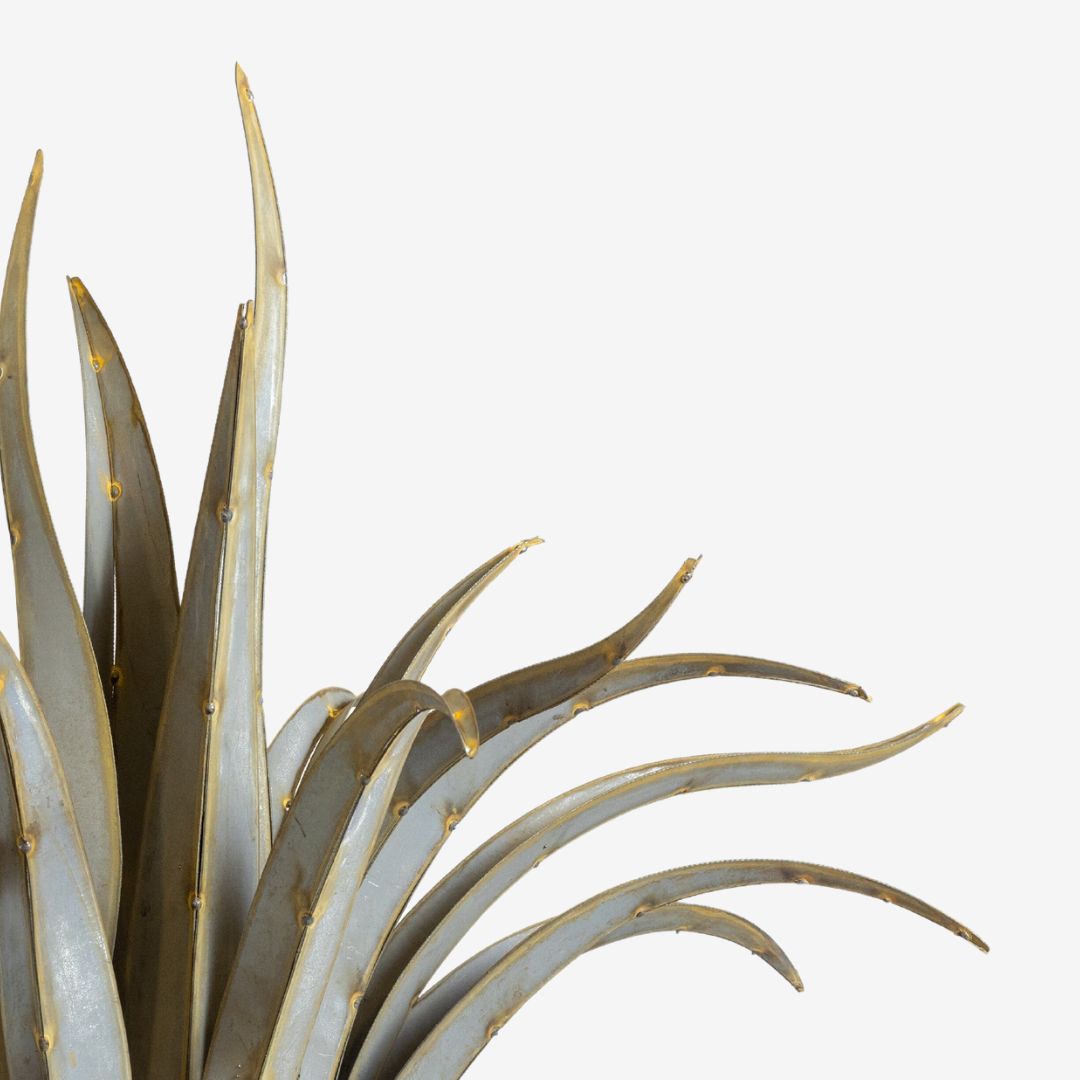 Agaves
Agaves
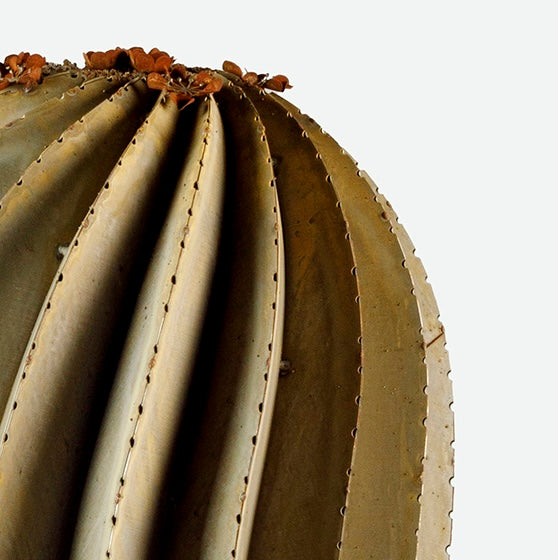 Barrel Cacti
Barrel Cacti
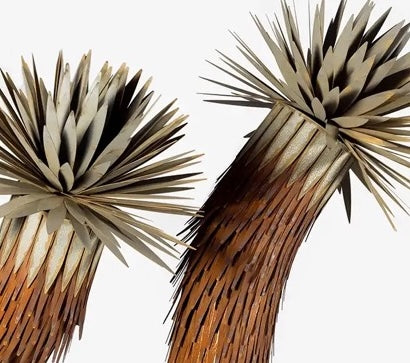 Joshua Trees
Joshua Trees
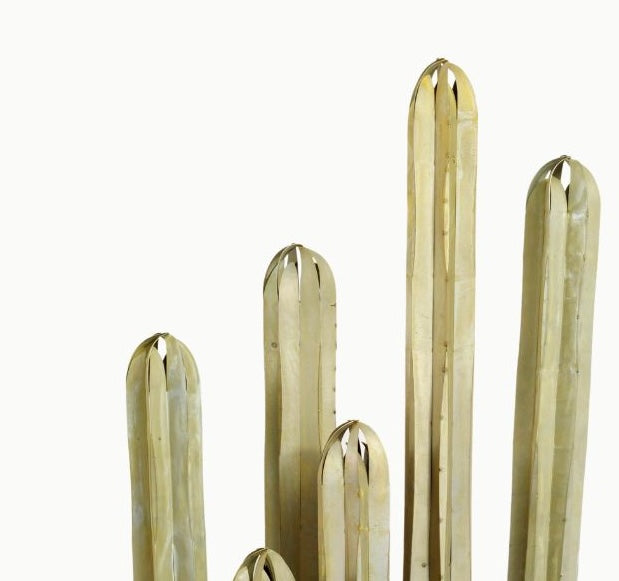 Mexican Fence Post
Mexican Fence Post
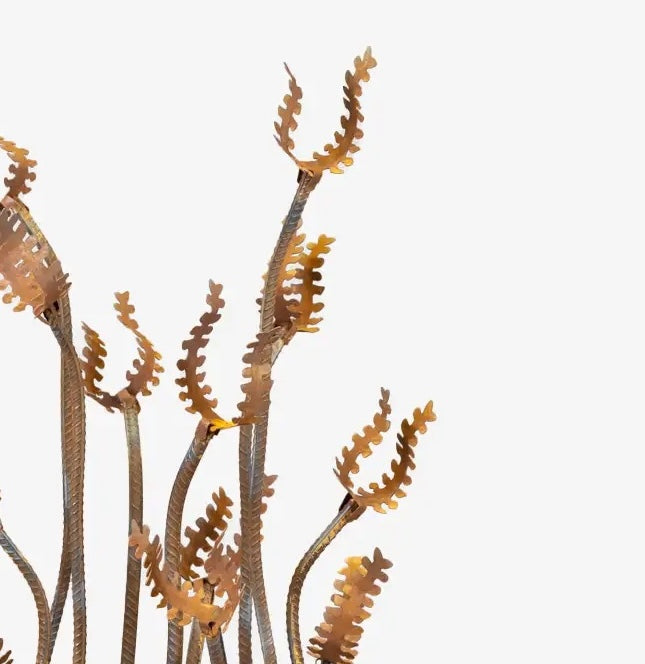 Ocotillo
Ocotillo
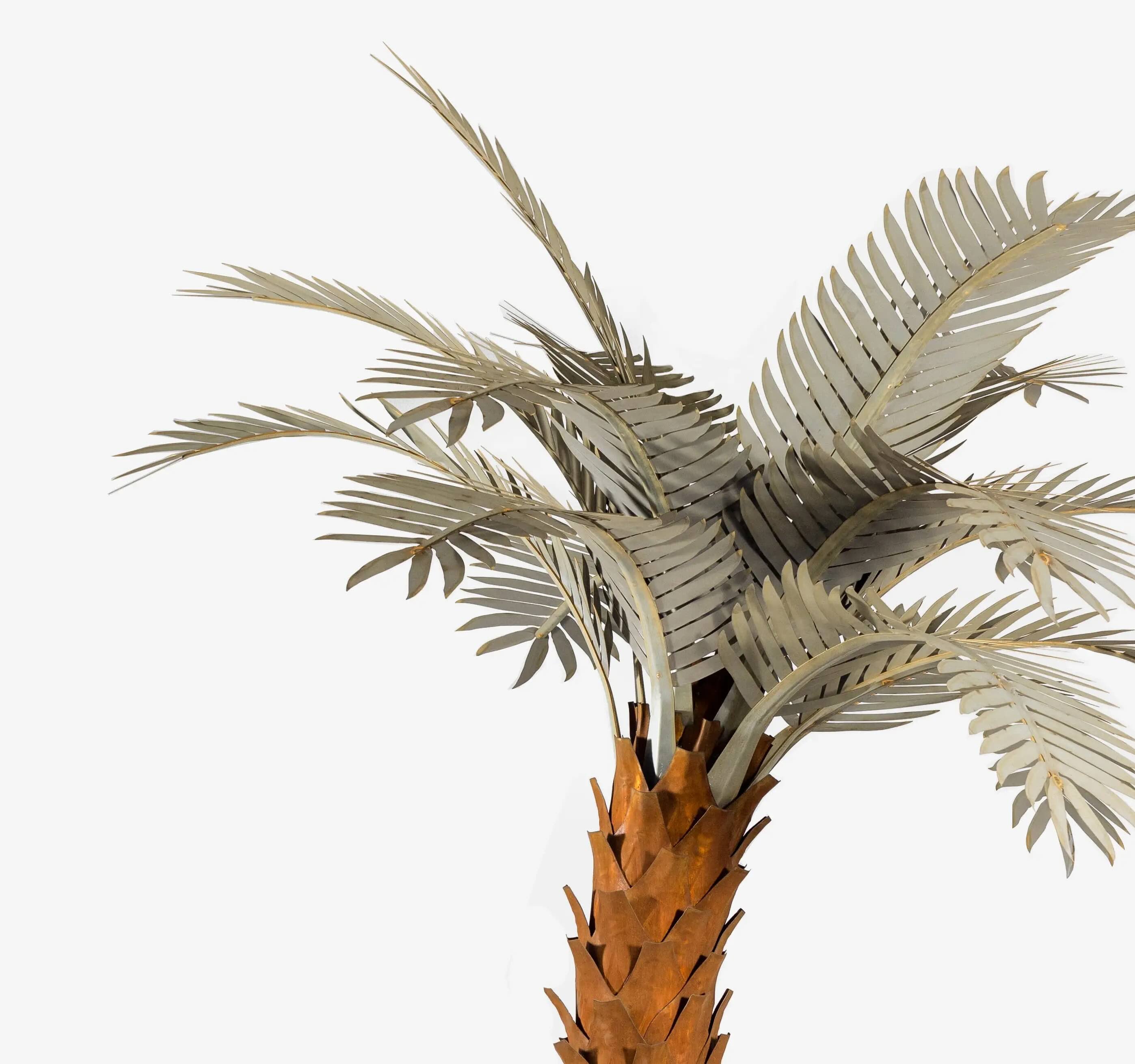 Palm Trees
Palm Trees
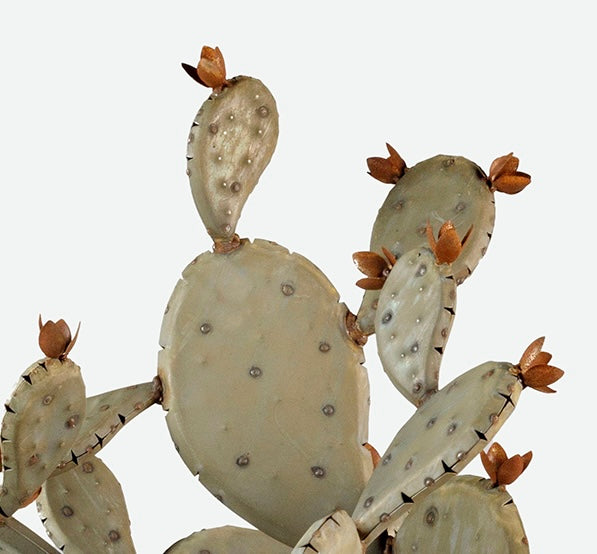 Prickly Pears
Prickly Pears
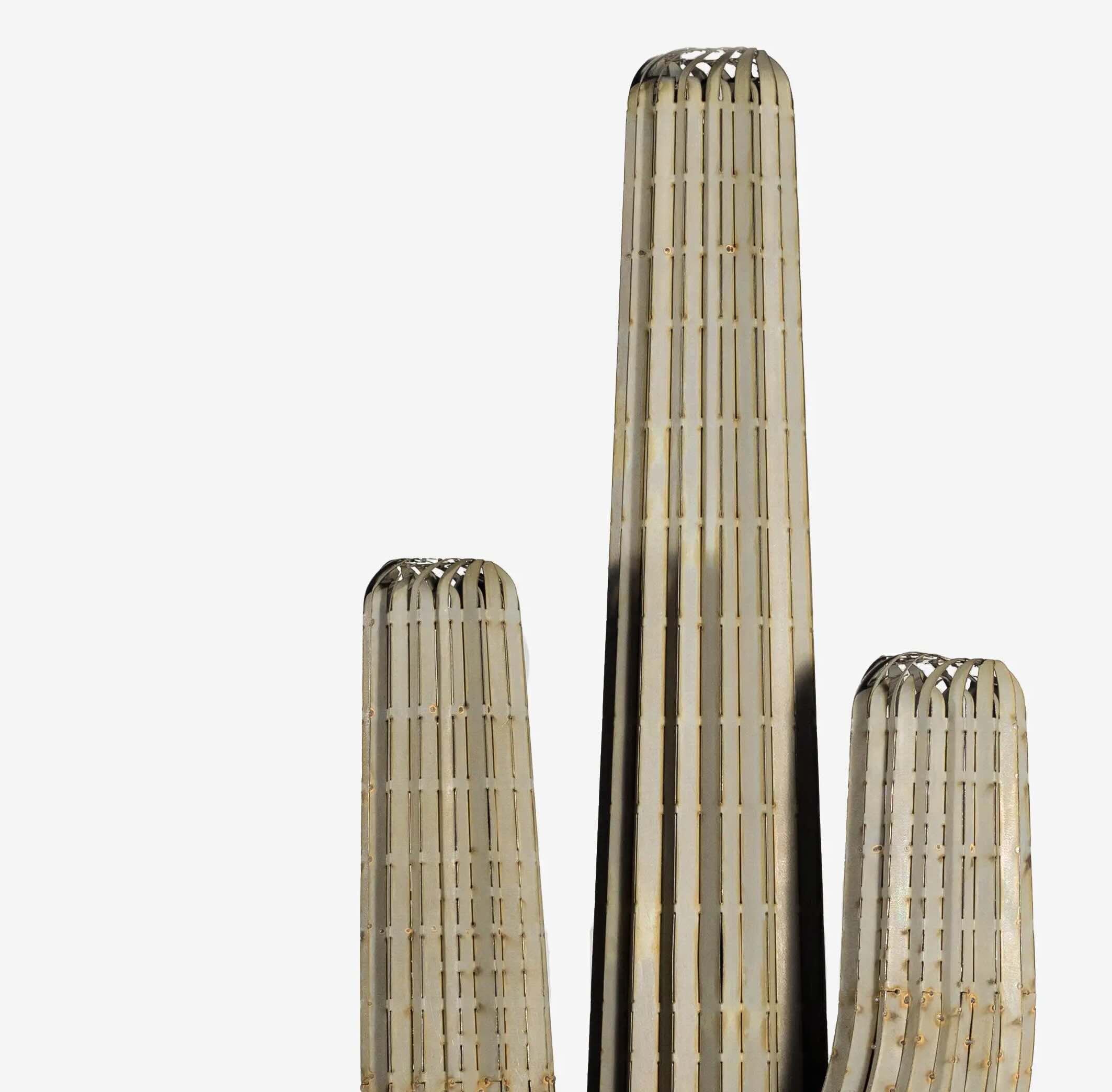 Saguaros
Saguaros
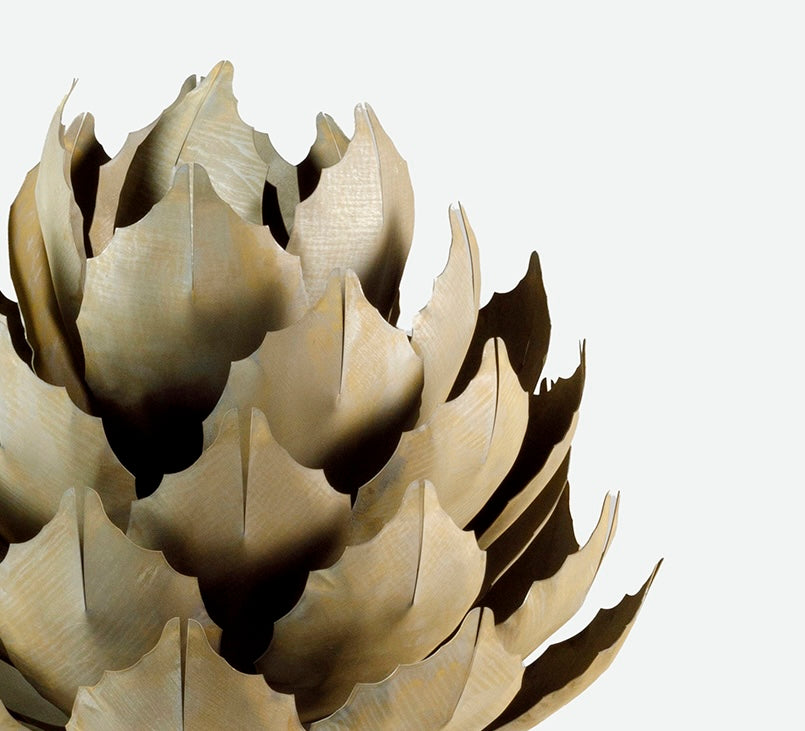 Succulents
Succulents